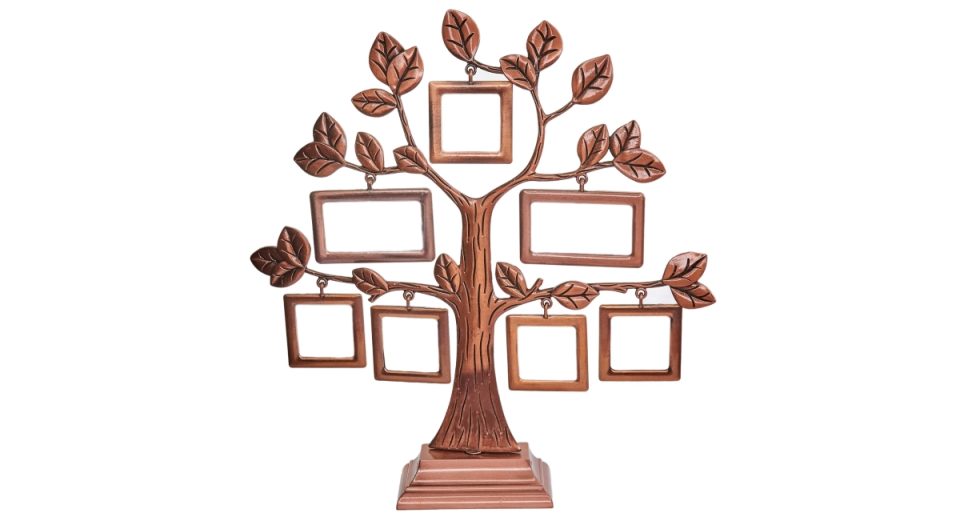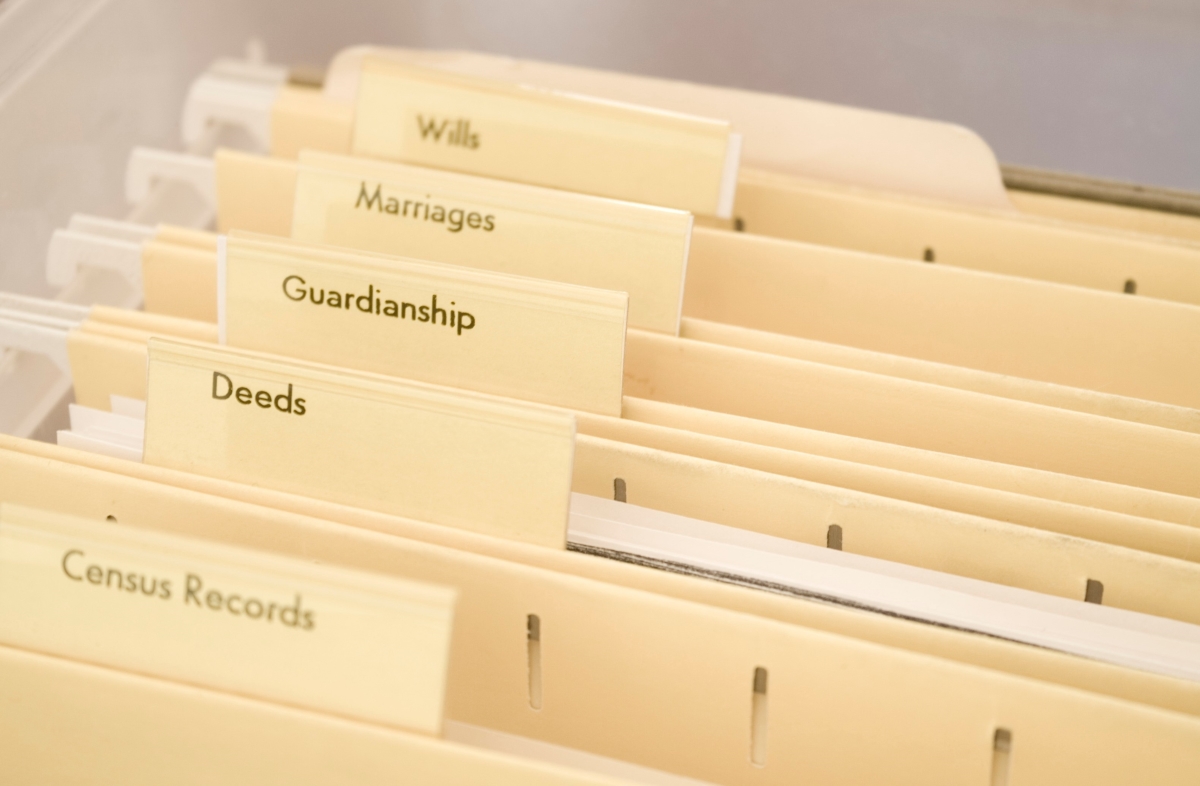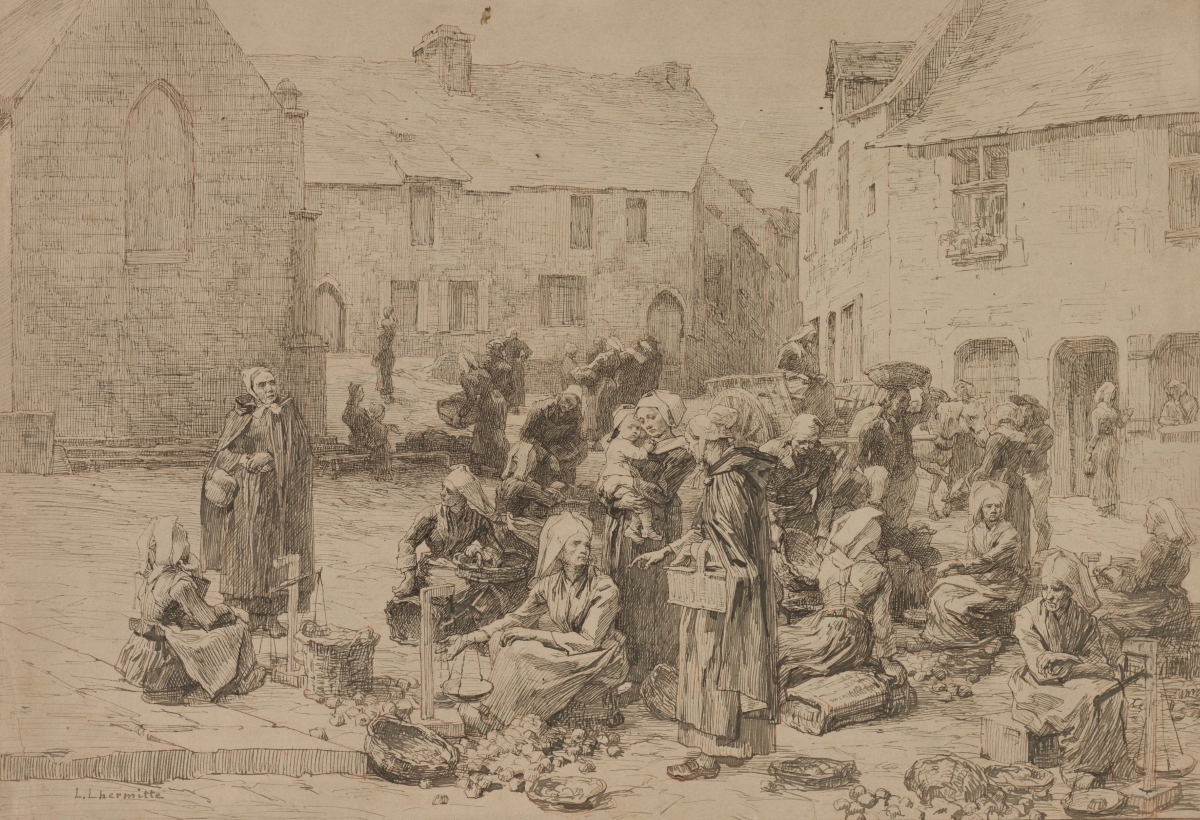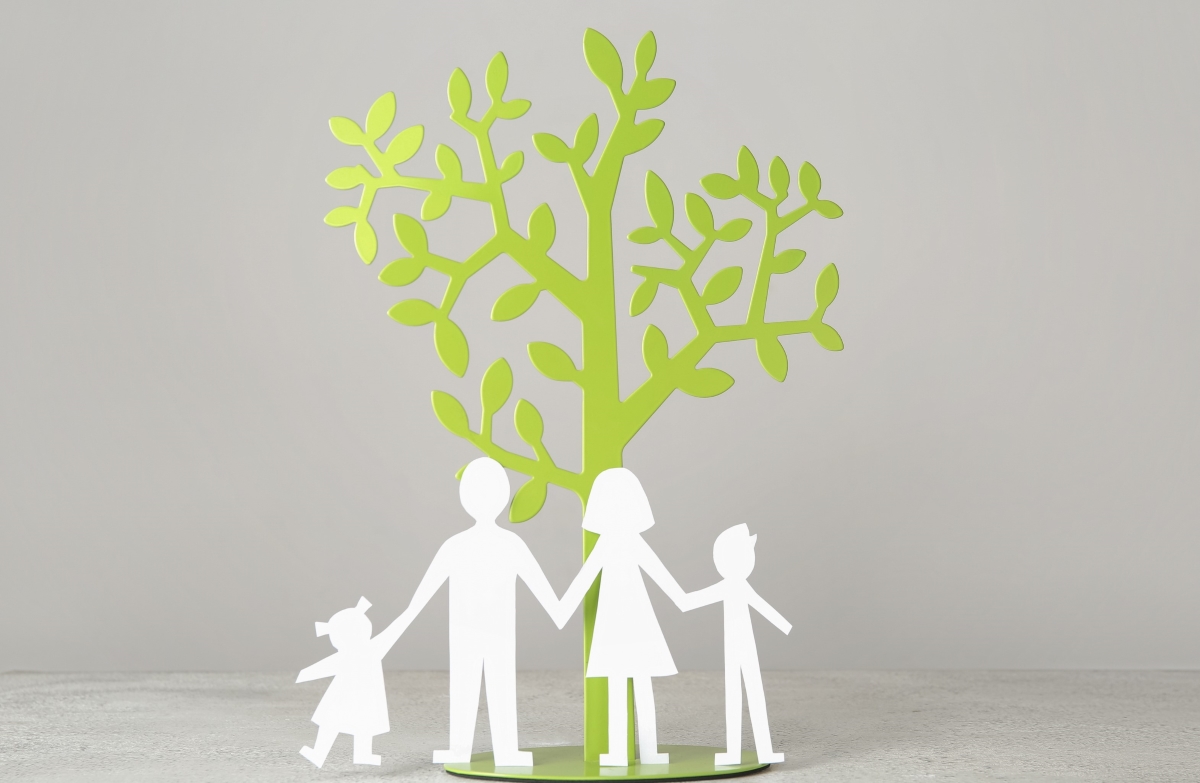Getting Started with Genealogy: Tracing Your Family Tree

Discovering your family’s history through genealogy is like piecing together a fascinating puzzle, offering a glimpse into your ancestors’ lives, struggles, and triumphs. For seniors, tracing a family tree can be an enriching and meaningful experience, providing an opportunity to connect with your roots, pass down stories, and preserve your family legacy for future generations.
Whether you’re a seasoned historian or a curious beginner, this guide will walk you through the steps to get started with genealogy, providing useful resources and tips for uncovering your heritage.
Why Genealogy Matters

Connecting with Your Past
Genealogy is more than just names and dates. It allows you to understand where you came from and how your ancestors’ journeys have shaped your present. Researching your family tree can bring stories to life, reveal forgotten traditions, and even give you a sense of identity and belonging.
Leaving a Legacy for the Future
As you gather information, you’ll be creating a lasting record for future generations. This is a wonderful way to share your family history with your children and grandchildren, preserving valuable stories that might otherwise be lost. By tracing your genealogy, you’re not just uncovering the past—you’re ensuring that your family’s legacy endures.
Steps to Start Your Genealogy Journey
1. Begin with What You Know

The best way to start tracing your family tree is by gathering information you already have. Begin by writing down:
- Your name, birthdate, and birthplace.
- Your parents’ names, birthdates, and birthplaces.
- Your grandparents’ names, birthdates, and any other details you know about them.
Talk to older relatives, who can provide personal stories, family heirlooms, and important documents to guide your research. Ask about family traditions, old photos, and any known stories about your ancestors’ lives. These initial conversations can open up new avenues for your search.
2. Organize Your Information

As you start gathering details, it’s important to keep everything organized. Consider using the following methods:
Paper Family Trees
If you prefer a hands-on approach, a paper-based family tree can help you visualize the connections between different generations. Start with yourself and work your way backward, adding siblings, parents, grandparents, etc. You can use simple templates available online or create your own from scratch.
Digital Family Trees
For those who like technology, several online tools and software programs are designed specifically for building family trees. Websites like Ancestry.com, MyHeritage, and FamilySearch offer digital platforms that allow you to create detailed family trees, save research, and share them with relatives.
3. Start Digging into Historical Records

Once you’ve gathered the basic information from family members, it’s time to start digging into public records. Here are some key resources that will help you trace your ancestors:
Census Records
Census records are an excellent starting point for your research. They contain valuable information such as names, addresses, occupations, and family members. U.S. census records, for example, are publicly available from as far back as 1790.
Birth, Marriage, and Death Certificates
Vital records such as birth, marriage, and death certificates can provide essential details, including parents’ names, places of birth, and exact dates. These records can be found through local government offices, archives, or online databases.
Immigration and Naturalization Records
If your ancestors immigrated to another country, immigration and naturalization records can offer insight into when and where they arrived, and sometimes even details about their journey. Ellis Island’s records, for example, are widely used for tracing U.S. immigrants.
Military Records
For those with ancestors who served in the military, these records can provide a wealth of information, including enlistment dates, ranks, and even personal descriptions of your ancestors. Websites like Fold3 offer access to military archives and other historical documents.
4. Use Online Genealogy Tools

Genealogy research has become significantly easier with the rise of online tools and databases. Here are a few popular resources to get started:
Ancestry.com
One of the largest genealogy websites, Ancestry.com, provides access to billions of historical records, family trees, and DNA testing services. You can search census records, birth and death certificates, immigration records, and more. The platform also helps you connect with distant relatives who may have information about shared ancestors.
FamilySearch
FamilySearch is a free genealogy website that offers access to extensive archives, including international records. Run by The Church of Jesus Christ of Latter-day Saints, it’s a trusted resource for anyone interested in tracing their lineage, and it allows users to collaborate on building family trees.
MyHeritage
MyHeritage offers a vast collection of historical documents, family tree services, and DNA testing. The website has an easy-to-use interface and features tools that help you create detailed family trees, search global records, and even build an interactive timeline of your family’s history.
5. Explore DNA Testing

DNA testing has become a popular tool for those looking to uncover their heritage in recent years. Companies like 23andMe, AncestryDNA, and MyHeritage DNA provide at-home kits that analyze your genetic data and reveal information about your ancestry.
How DNA Testing Works
These tests analyze your DNA to determine your ethnic background, locate potential relatives, and provide insight into your family’s migration patterns. After submitting a sample (usually a saliva swab), you’ll receive a detailed report that helps you trace your lineage, sometimes going back hundreds of years.
Connecting with Distant Relatives
One of the fascinating aspects of DNA testing is the ability to connect with distant relatives. Many DNA services include a relative-matching feature that identifies individuals who share DNA with you, making it easier to uncover long-lost family connections.
6. Document and Preserve Your Findings

As you gather information about your ancestors, it’s essential to document your findings in a way that can be passed down through generations. Here are a few methods:
Create a Family History Book
Once you have gathered enough details, consider creating a family history book. This can be a simple, printed document or a professionally bound book with photographs, stories, and historical context. A family history book makes a great keepsake and allows you to share your research with loved ones.
Digitize Important Documents
Scan and store important family documents—birth certificates, photographs, and letters—on your computer or a cloud-based service. This will ensure that your family’s history is preserved digitally and can be easily shared with others.
Conclusion

Embarking on tracing your family tree is an exciting and rewarding adventure. With each discovery, you’ll uncover your ancestors’ stories and strengthen your connection to the past. Genealogy can provide deep personal satisfaction, whether discovering long-lost relatives, unraveling family mysteries, or simply learning more about the lives of those who came before you.
Your family history is a treasure waiting to be uncovered. Start small, use the available tools and resources, and watch your family’s story unfold. Every name, date, and story you uncover adds to the rich tapestry of your ancestry—and the journey is just as meaningful as the destination. Now is the perfect time to get started, and who knows what fascinating stories you’ll uncover along the way?





